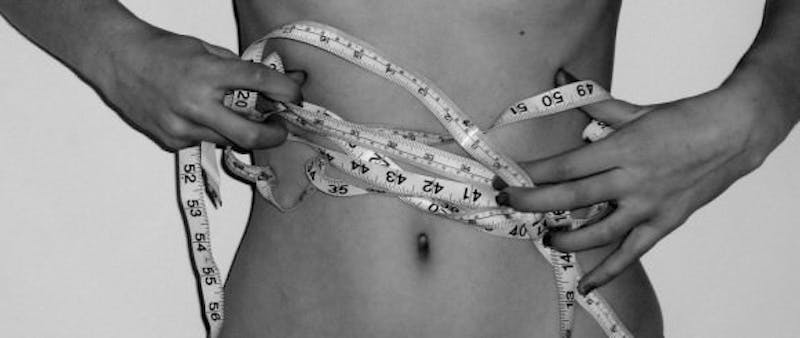
Body Dysmorphic Disorder (BDD) is a chronic mental illness in which a person obsesses over what they believe to be a serious flaw in their physical appearance. These thoughts may become so serious that the person endures severe emotional distress and, as a result, their ability to function in their daily life is affected.
Characteristics
About 1% of the U.S. population is affected by body dysmorphic disorder, which is categorized under the obsessive-compulsive spectrum. People with BDD find fault in their physical appearance (usually an aspect of their hair, skin, stomach, chest, or nose) and fear that others find them to be unspeakably hideous. These thoughts will persist even if friends and family assure them that they look fine. This disorder often develops in adolescents and teens, and it affects men and women equally. It is common for people with BDD to also suffer from social anxiety disorder, eating disorders, muscle dysmorphic disorder, and depression.
Symptoms
Body dysmorphic disorder may present as repetitive behaviors such as camouflaging (using clothes, makeup, hats, etc. to disguise parts of the body), checking mirrors, avoiding mirrors, excessive exercise, excessive grooming, or frequently changing clothes. Sufferers wish that they could change or improve one or more aspects of their body, believing that their symptoms will go away if they could fix that one real or imagined imperfection. Some seek to use plastic surgery to correct their flaw. Those with BDD cannot focus on anything other than their perceived physical appearance, which prevents them from functioning at work or school.
Causes
Although causes of this condition are as yet unknown, new research indicates that sufferers of body dysmorphic disorder may have a weak connection between the amygdala and orbitofrontal cortex parts of their brain. The amygdala controls a person’s emotions, and the orbitofrontal cortex regulates emotional arousal with logic and reason. Without the ability to control emotional responses, a person may develop BDD as well as other psychological afflictions. However, there are also theories that BDD may be linked to genetic predisposition, personality traits, life experiences, or chemical imbalances in the brain.
Diagnosis and Treatment
Some people with BDD do not seek treatment because they are self-conscious and do not want to share their insecurities with others. They may also be unwilling to believe that they have a disorder, and would rather believe that they have a deformity than accept help. A trained clinician should diagnose BDD if a patient mentions concerns with their body image. However, this disorder may be misdiagnosed because the symptoms are so similar to other depressive disorders or social phobias. BDD can be treated with cognitive behavior therapy, which teaches patients to recognize and change negative thoughts and actions, and with antidepressant medications.
Men and women with Body Dysmorphic Disorder live in constant fear of humiliation due to a real (often minor) or imagined flaw in their physical appearance. This is a serious condition that affects a person’s emotional well being and may cause them to isolate themselves from others. Sufferers should seek professional assistance.
Image Source: Flickr/Creative Commons/Charlotte Astrid





